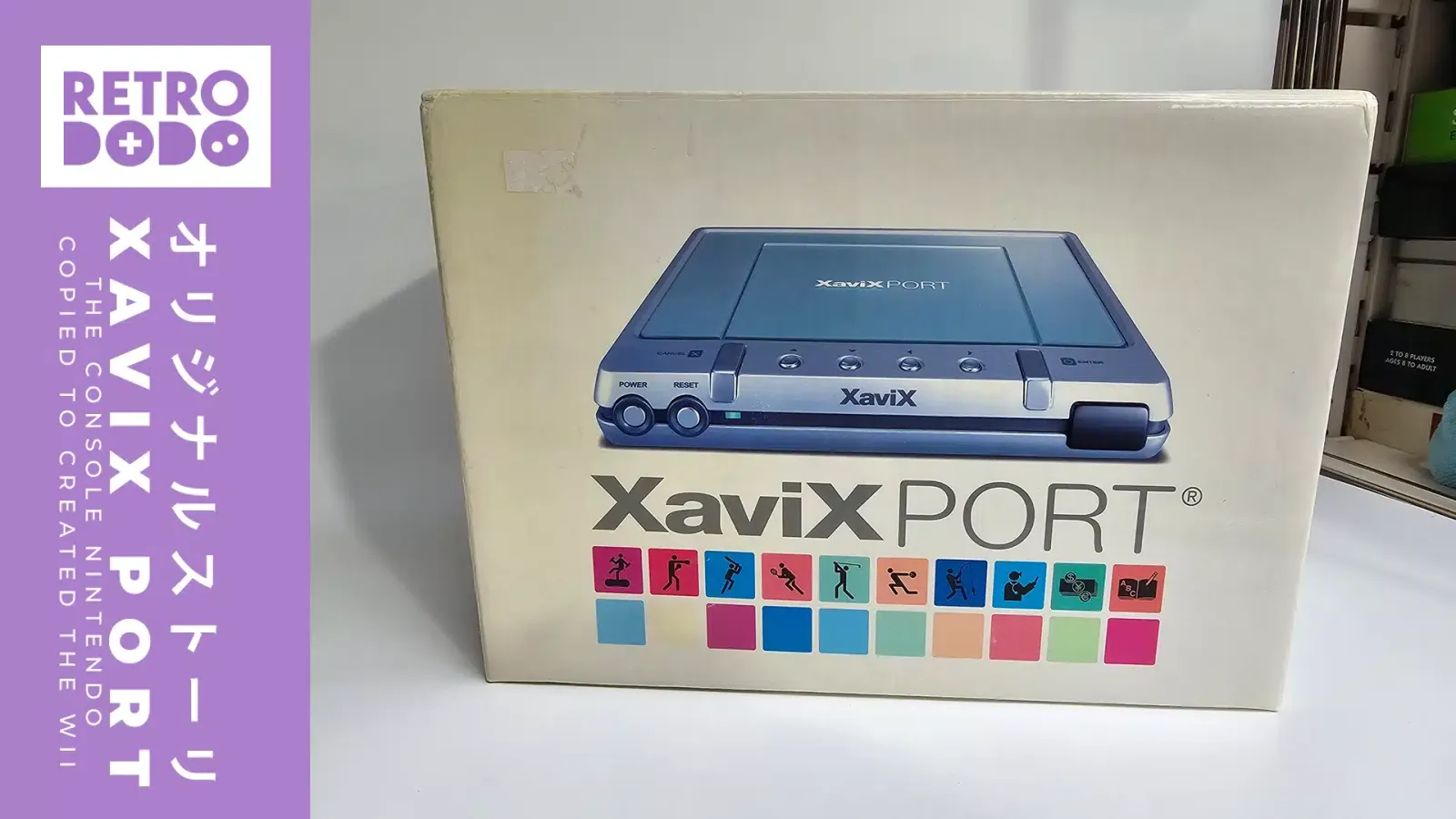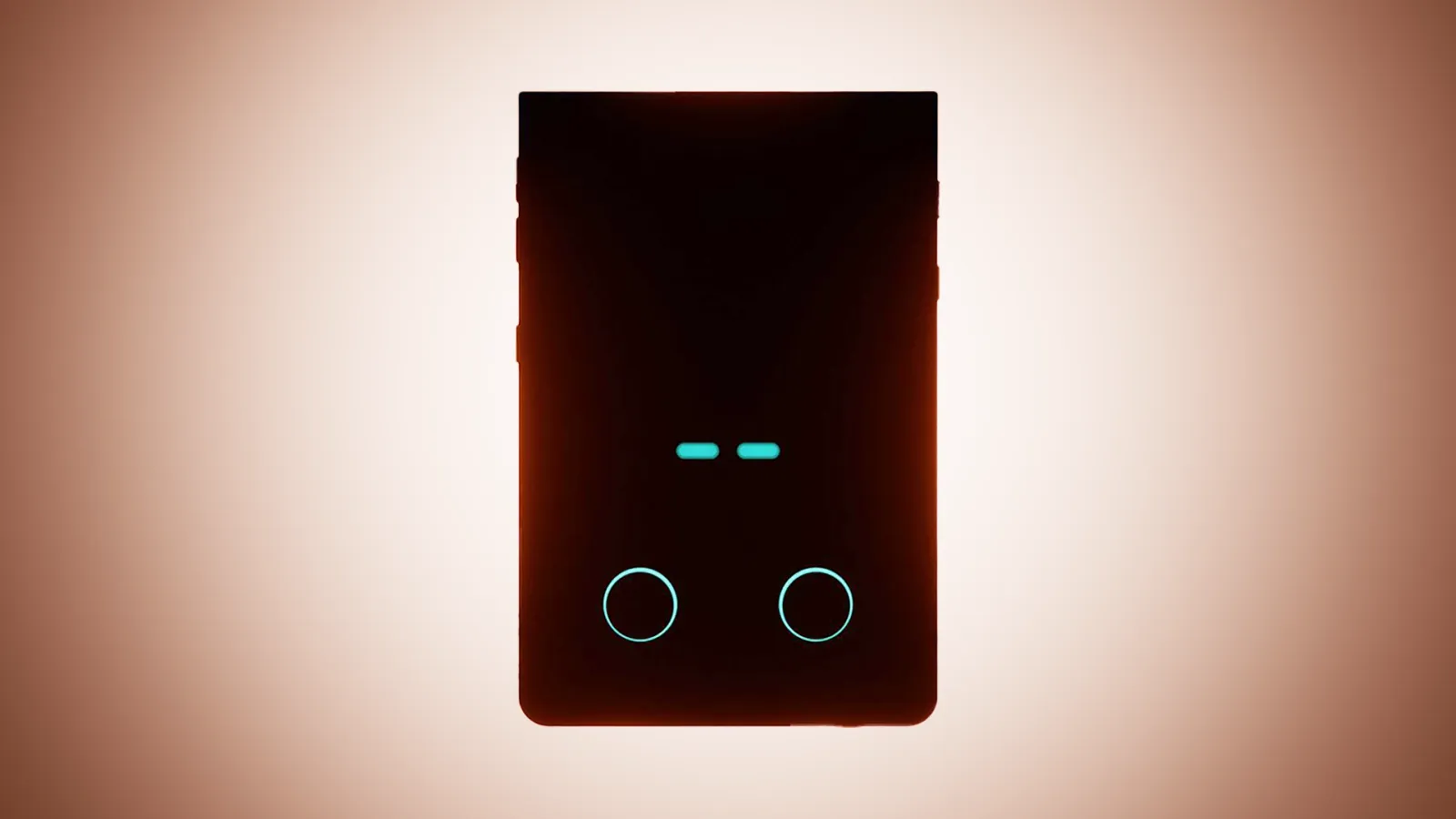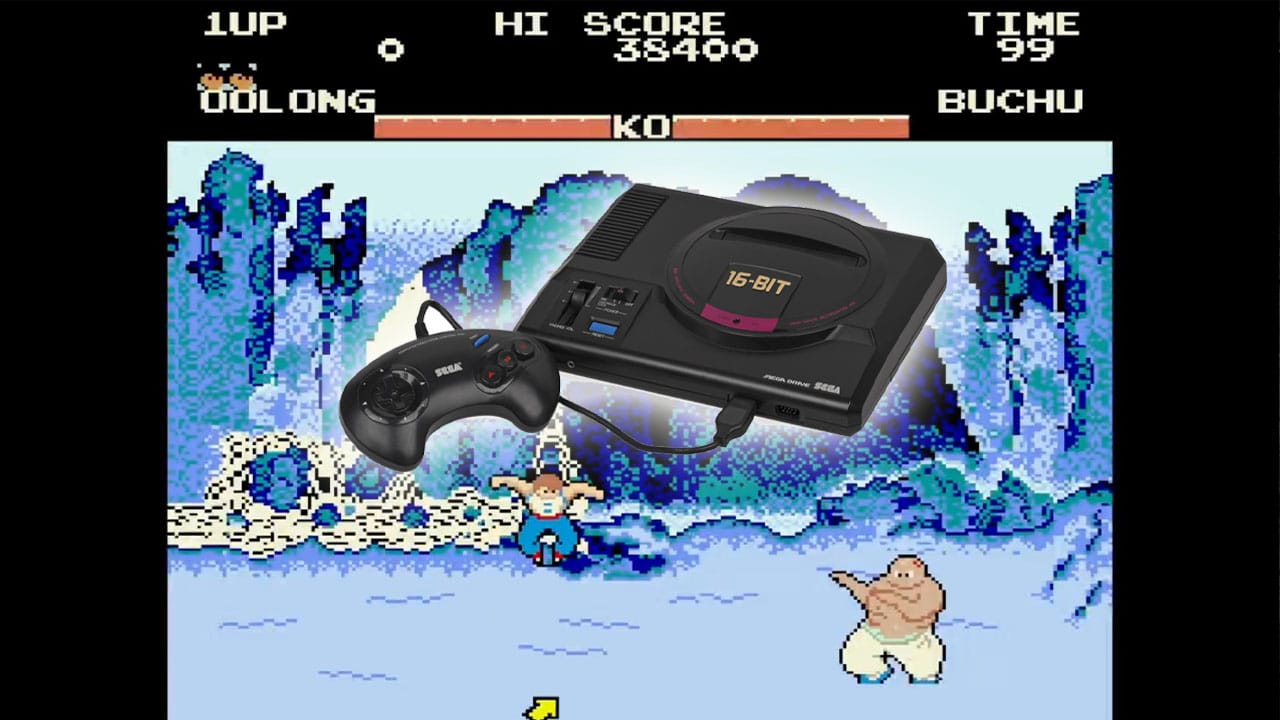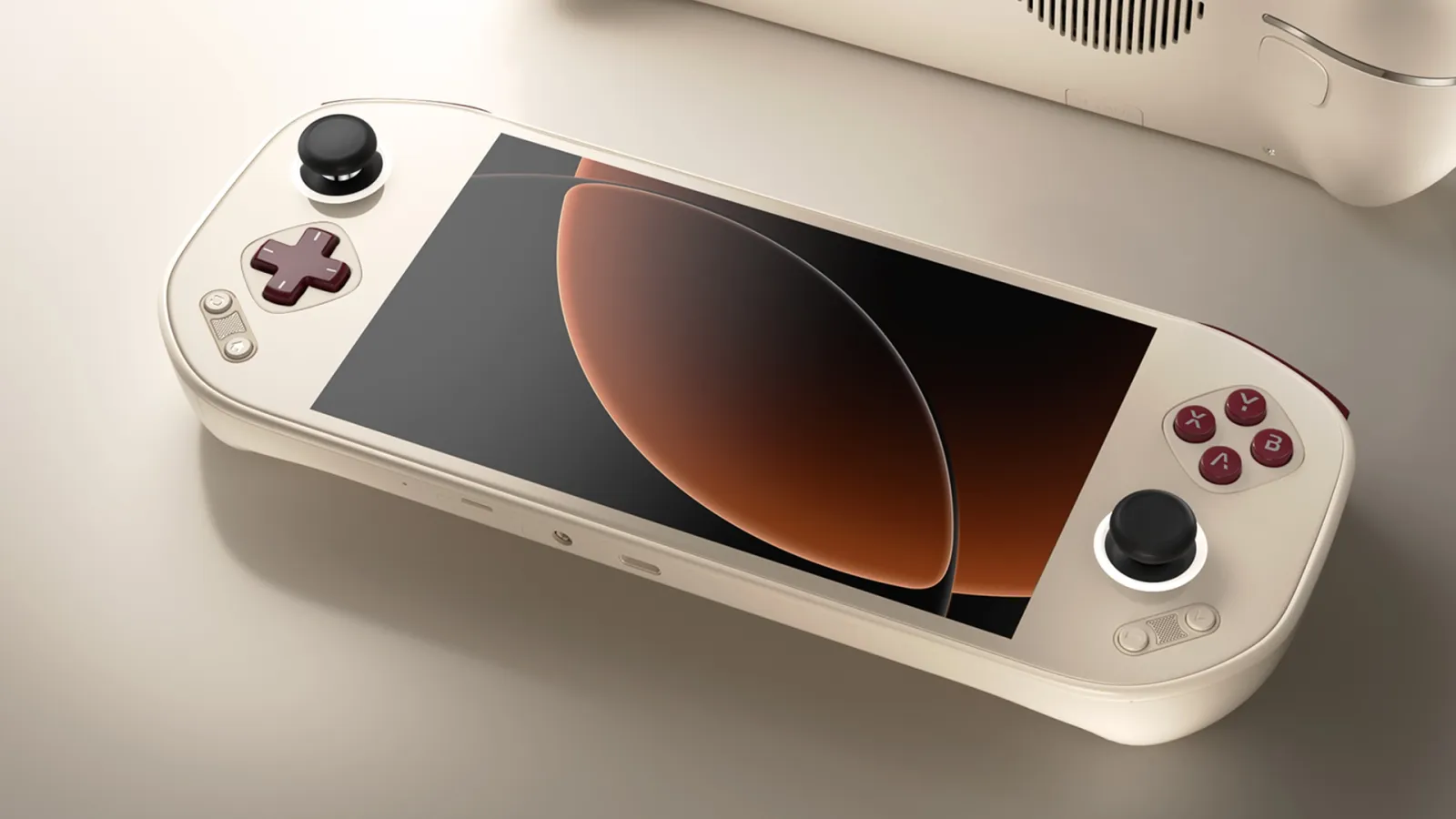During our recent visit to one of the UK’s biggest and best retro gaming stores, Forgotten Worlds, we were introduced to an extremely obscure console named the XaviXport, a console which featured gameplay based around motion controls, two years before Nintendo’s Wii came to market. Why has it been forgotten, and did Nintendo really take ‘inspiration’ from the XaviXport for their Wii console?
The XaviXport, The Wii and Motion Controls: A Brief History
Nintendo’s Wii was released in 2006, and felt absolutely revolutionary; appropriate given that its codename during development was Revolution. The pack in game, Wii Sports, introduced motion control games to the masses, with intuitive controls that saw countless people picking up game controllers, in many cases for the very first time. Grandparents were suddenly wielding Wiimotes and taking on family members in sporting events such as bowling and golf, for once feeling like they were competing on an even playing field against their more tech savvy grandchildren.
The Wii followed a familiar Nintendo philosophy, most famously espoused by Game Boy creator Gunpei Yokoi: “lateral thinking, using withered technology.” In clearer terms, this means using existing, off the shelf parts innovatively; rather than seeking to join the technological arms race with impressive visuals, the Wii (as was the case with consoles such as the aforementioned Game Boy before it), instead, it utilised ‘dated’ technology in new ways.
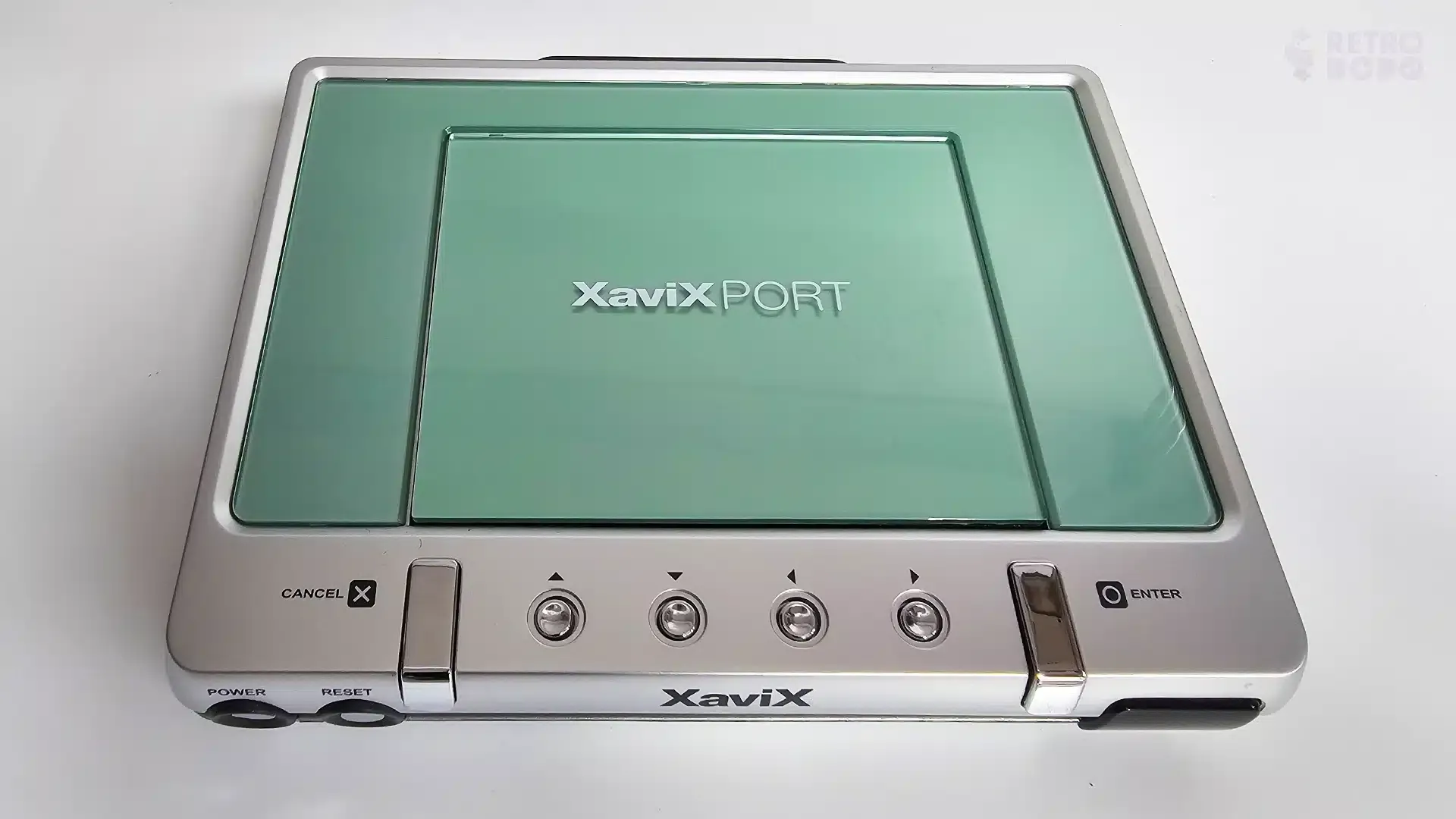
It paid off massively; the Wii went on to become the highest selling seventh generation console, with Sony’s PlayStation 3 console shipping over 87 million units, Microsoft’s Xbox 360 topping out at 84 million units and Nintendo’s plucky little console with more than 101 million units shipped. The Wii is, in fact, the fifth best selling home console of all time; pretty impressive considering that many gamers almost immediately wrote it off as a gimmick.
However, what if we told you that it wasn’t the first motion control console? What if we told you that not only was it not the first motion control console, but it wasn’t the first to base itself around motion controlled sports games, either?
That honour goes to the XaviXport, a console made by little known Japanese company SSD Company Limited. Released in 2004, it beat the Wii to market by 2 years, which is pretty significant. Despite this head start, the XaviXport is a console that’s almost completely unknown.
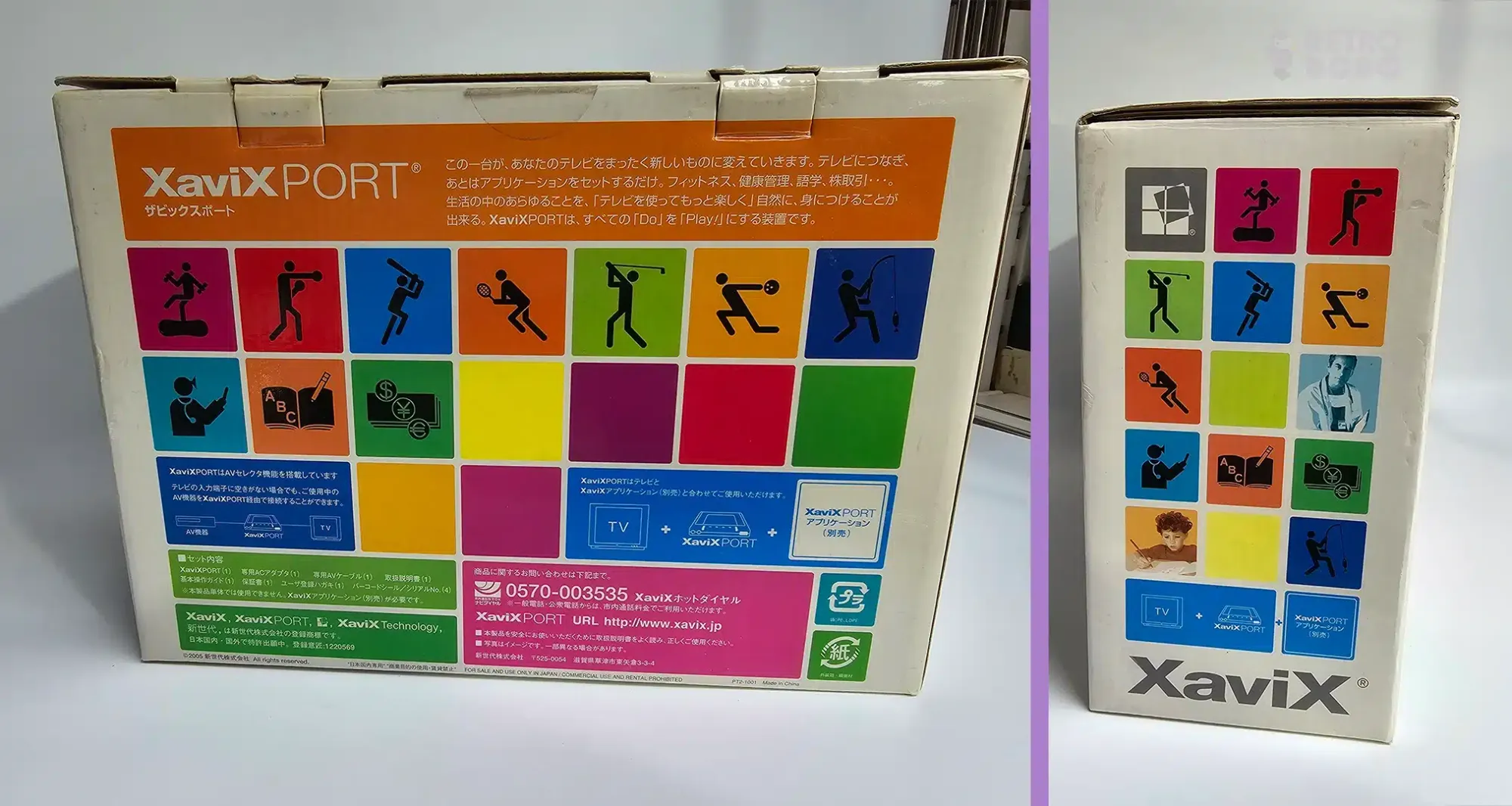
Of course, SSD Company Limited didn’t have the marketing budget or name recognition that Nintendo had; nor did they have the established video game brands that the iconic publisher of games such as Mario and Zelda could rely on.
Yet it’s remarkable how similar the XaviXport, known in Europe as the Domyos Interactive System, and the Wii were, at least from a conceptual and ‘withered technology’ philosophy point of view.
Did Nintendo Copy The XaviXport?
Given that two year gap from XaviXport’s release in 2004 to the launch of the Wii in 2006, you could easily be forgiven for thinking that Nintendo took inspiration from SSD Company’s console, but development and prototyping on the Wii began five years before the Nintendo console’s release.
Motion controllers were being presented to Nintendo by companies such as Gyration as far back as 2001; the claim that the XaviXport was developed by ‘ex-Nntendo engineers’ (which is often cited, but doesn’t seem to be meaningfully substantiated anywhere; nor are any of these engineers named) actually could make the situation seem reversed; had staff at Nintendo seen the potential of motion control technology at Nintendo in the early 00s, before breaking off to quickly and cheaply design a low cost, low-tech console of their own and get it to market first?
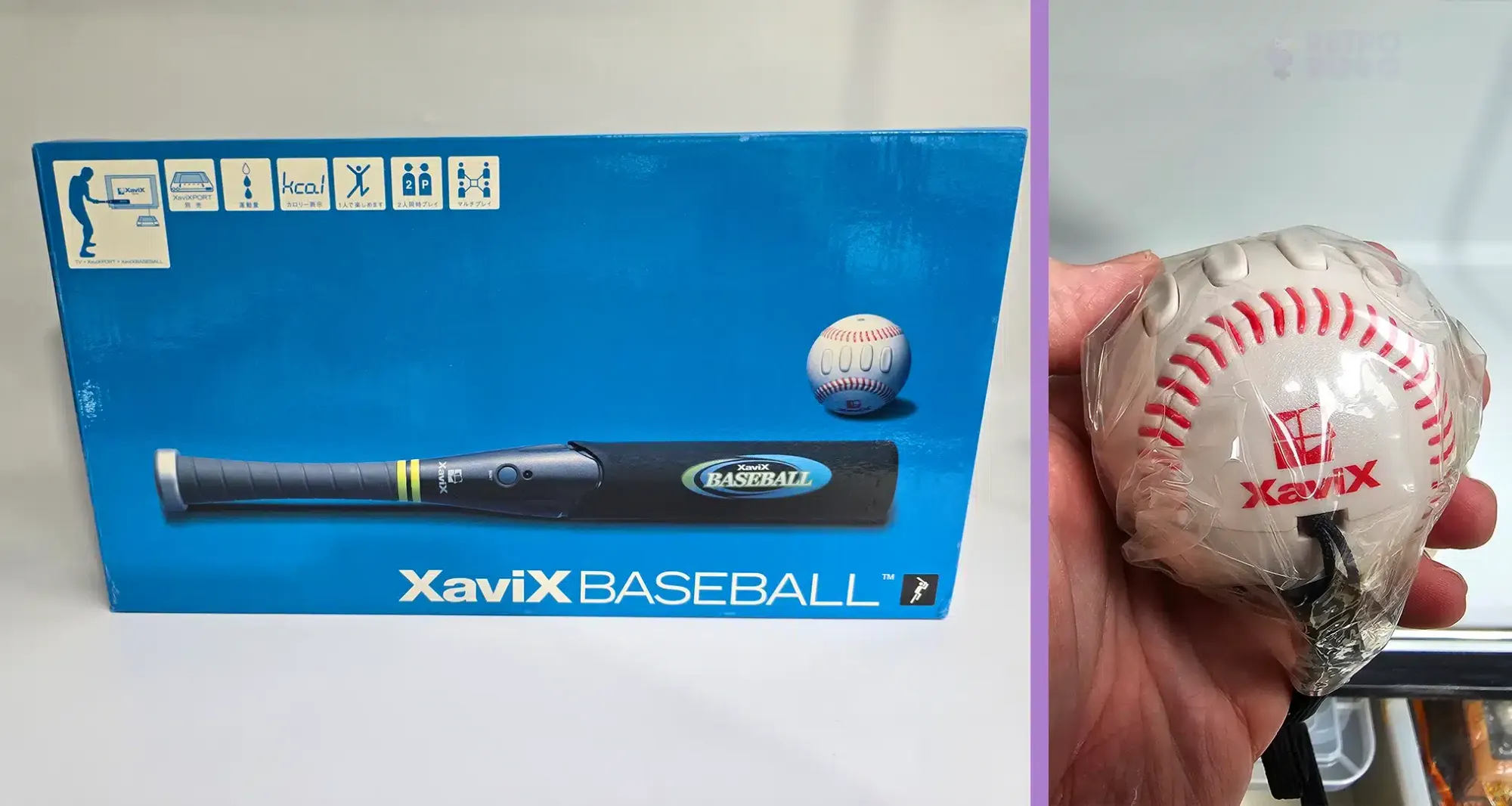
With such inconsistent and incomplete information available, none of the above is anything but idle speculation, but the likeliest scenario is that these were simply two different consoles, using broadly similar technology, in development at roughly the same time.
This becomes even more likely to be the case when you consider other technology that had been in development since the turn of the century, such as the GameTrak; this was a third party peripheral, initially for the PS2 (then XBox and PC), which launched in 2004. Its sole launch game, a third person fighting game titled Dark Wind, was in development in 2003, and though motion controlled GameTrak title Real World Golf wasn’t released until 2005, it was announced in 2004, and would almost certainly have been in development well in advance of the XaviXport’s release.
Of course, though other motion control gaming devices were available, or in development, they tended to be bespoke add-ons for existing consoles, rather than fully functional consoles that were built specifically to use motion controls. As the Wii was the latter, it’s this fact that means suspicion can fall upon it, given the timing of the release of the XaviXport in comparison to the Wii.
The XaviXport’s Software Library
Though the XaviXport’s motion control and sports game focus lead to inevitable comparisons with Nintendo Wii (and in particular, its Wii Sports pack in game), it’s there that the similarities end. The XaviXport was an even simpler and lower specced machine than the Wii, with cartridges used for its games, rather than the disc-based optical media that Nintendo’s console utilised. This simplicity and usage of cost effective, ‘off the shelf’ parts resulted in an extremely low priced console, with the XaviXport launching at just $79.99; even in 2004, that was a particularly low price point for a video games console.
The games themselves, all sports titles, were each packaged with a custom controller, and the cartridges for each game contained much of the technology needed for them to actually function, with the console itself using an extremely old, 8-bit CPU.
This approach with the XaviXport’s games was not unlike cartridges for consoles such as the SNES, which sometimes relied on extra hardware, for example the Super FX chip in games such as Starfox, to run more technologically impressive games that weren’t possible with the console’s chipset alone.
Where the XaviXport differed entirely from the Wii, or indeed just about any other console you can think of, is that it was marketed specifically as a fitness device, with the motion controls and game-specific custom controllers intended to get players active while using the console. In fact, the European version of the console, the Domyos Interactive System, was exclusive to the fitness store, Decathlon, further reinforcing its purpose as a machine built for users to keep fit.

So, as to the XaviXport’s software library, what was available? There seem to have been 20+ titles either announced or in development in total, though it also appears that only a fraction of these games actually made it to market, with different titles released in each of the few territories that the XaviXport was launched in.
The individual, bespoke controllers for each game were far more accurate to the equipment they were supposed to represent than the cheap, third party plastic accessories that you’d often find being sold to ‘enhance’ Wii games. For example, the bowling ball controller for the Xavisport title Bowling looked just like a bowling ball, and the rod packaged with Bass Fishing aped the look of a real fishing rod.
Other titles included Tennis (you can see that naming the games wasn’t a priority for SSD Company; this one came with tennis racquets, as you’d expect), Golf (which included two clubs and a special, rather bulky sensor station), Power Boxing (with boxing gloves!) and Baseball (with a pretty sturdy looking bat and even a baseball controller, for batting and pitching).
Beyond the sports titles, there was a kind of proto-brain training title named Eye/Hand, packaged with gloves, which trained users in hand/eye coordination and basic dexterity tasks. Lifestyle Manager featured a scale for measuring the user’s weight and a remote; not only could it measure your weight and calculate BMI, but it also featured numerous exercise routines too.
A cartridge named Music & Circuit allowed you to connect your own music player to the XaviXport and work out using your own selection of music. Then there was the dance mat-based cartridge, Jackie Chan’s J-Mat.You read that right: the Jackie Chan was the name and face of J-Mat, even providing motion captured footage of himself (don’t get too excited, this is digitised animation on the level of games such as the original Mortal Kombat) working out, for users to follow along with, in simple rhythm action games, utilising the included dance mat.
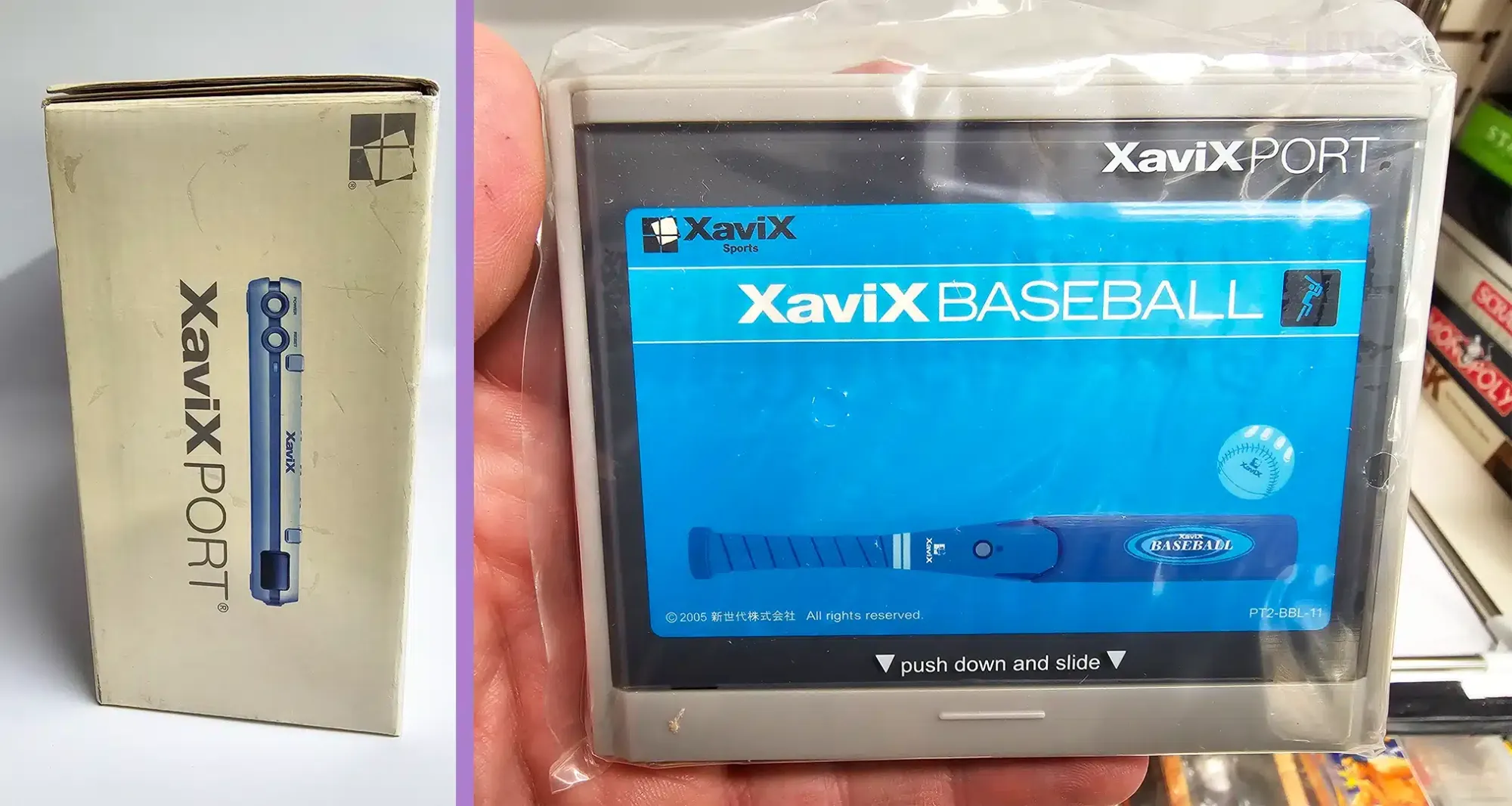
Though other titles were announced, and some images released for them, such as Power Kids, Power Kids Jr (both of which were likely fitness based cartridges aimed at younger users), Hot Plus and XNA, they don’t appear to have made it to release, and very little information exists to narrow down exactly what these were, or what each would have been packaged with.
It’s worth noting that the cost of software, thanks to the technology in the cartridges needed to run the games, along with the bespoke peripherals, was extremely high. The RRP for most games was $79.99, with some having their recommended prices set at $89.99; given that the console itself was selling for $79.99 alone, it didn’t exactly make for an attractive proposition for potential consumers.
Note that the EU version of the console, the Domyos Interactive System, seems to have had its own titles and peripherals, separate to those available for the XaviXport.
Were The XaviXport’s Games Worth Playing?
One of the most important factors to consider when evaluating the XaviXport’s games is that they weren’t intended as purely recreational entertainment; the intention for just about every title released on the console was that they would be for players to keep fit. So to judge them against the software library of the Wii, or indeed any other console, is a little unfair.
However, it certainly is the case that many of the XaviXport’s titles could be unreliable in terms of how the technology worked, and little regard was paid to how players would need to set up the console and its attachments in a home environment.
Most of the peripherals used infra red technology to communicate with the console, meaning that they’d need uninterrupted line of sight between the accessory and the console itself; this could prove problematic, and could lead to the signal being interrupted between the devices. Though titles such as Tennis seemed to work pretty well with the controllers, in Baseball the bat worked fine (for the most part), but the ball was fairly inconsistent in its performance. Likewise in Golf, the data picked up by the sensor when swinging clubs wasn’t always reliable.
Lacking the mammoth budgets of companies such as Nintendo, SSD Company’s localisation also suffered, with some pretty poor translation in some titles. Baseball features numerous examples of this: ‘Batting Instruction: Swing the bat when the ball coming here’, and ‘Now you try to batting’, just during the tutorial, don’t exactly inspire confidence in what you’re about to play.
Why Didn’t The XaviXport Make More Of An Impact?

Despite being innovative, with a cheap price point and a unique focus in comparison to other video games consoles, the XaviXport is a mostly forgotten footnote in video games history. There are several factors here; being ecliipsed just a few years after release by Nintendo’s Wii of course is at the forefront of those, but that does of course mean that the XaviXport had two years on the market and still failed to make an impact. Why is that?
Of course, though it was exciting back in 2004 to play games in a pretty realistic, true to life way, the fact that each cartridge had its own, bulky and unique peripheral meant that console owners would have needed a lot of space as their XaviXport software collection grew (not to mention the cost of each title!). Though each one was reasonably intuitive to use, given that you would swing a baseball bat or golf club as you would in real life, each title and peripheral had its own unique control quirks and setup that may well have varied in quality from game to game. Users may have had room to step from side to side on a dance mat from Jackie Chan’s J-Mat, but swinging a reasonably sized baseball bat around might have proven problematic.
As noted previously, even the setting up of the console and its sensors to ensure uninterrupted line of sight for the infra red receivers might be an issue, if the console was on an elevated position and the sensor on the floor, for example.
Contrast this with the Wii: one type of controller (the Wiimote), and a one time set up process using the Wii’s sensor bar. This coped with hundreds of different games, and offered not just sports games or exercise routines (though the latter was covered, post-launch, by Nintendo, with the massively popular Wii Fit and its Balance Board accessory). Factor in brand recognition, widespread availability (not just limited to a specific sports store, for example) in all regions, and massive support from third party publishers, and it’s easy to see why the XaviXport just couldn’t reach the audience that the Wii did.
Perhaps with a wider focus on titles that could use a more universal control system, and more traditional gaming settings that went beyond just sports and physical activities, the XaviXport would be more than just a forgotten footnote in gaming history. Though it had a head start on the Wii, its narrow focus, minuscule (often poor quality) and costly software library, bespoke peripherals and lack of widespread availability ultimately doomed the XaviXport, but it was an ambitious experiment that remains unusual and interesting to this day.


